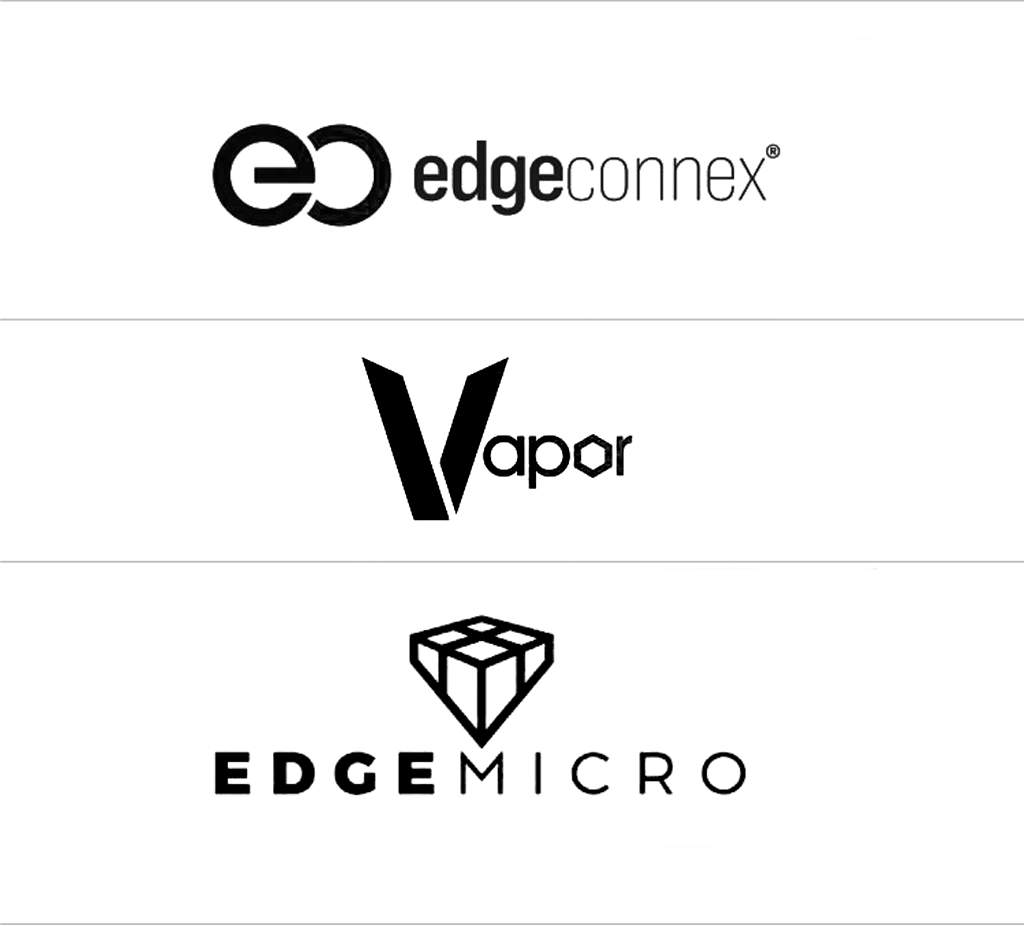Measures announced to reduce bandwidth in some countries
On 21st March Netflix announced measures to reduce their bandwidth consumption by 25% in some countries, meaning some viewers would temporarily receive a modest reduction in the quality of streamed video content. Their approach has been to keep the resolution high but to increase the data compression, which can occasionally cause ‘blocky’ artifacts to appear while a video is being watched. So why is coronavirus affecting Netflix?
And Netflix is not alone. YouTube and Amazon Prime Video have followed suite by reducing the default streaming quality in the EU for a 30 day period as the majority of its citizens are now forced to remain at home to reduce the spread of COVID-19. And it’s not just the streaming services that are seeing an unprecedented increase in demand; home-working normally involves protracted online activity including Skype-type VOIP calls, web conferencing and remote accessing of company data. Let’s not also forget about the demands of the increasingly popular image and video-based social media platforms such as Instagram and TikTok.
Network Challenges
The providers of domestic broadband (ISPs) are simply not used to the levels of traffic from content streaming. There is only so much capacity (bandwidth) within today’s networks while there is a seemingly exponential growth in demand. Consider that doubling a video’s resolution will increase the data-per-second requirement (the bitrate, which we measure in megabits per second or mbps) by four times. So going from HD resolution to 4K will need around 20mbps more than the initial 3-5mbps for HD, and going from 4K to 8K resolution will demand an additional 30-50mbps bandwidth.
Then we have 5G mobile technology, currently rolling out, that offers twenty times the bandwidth of 4G. And with the 2020s being the decade of the Internet of Things (always-connected internet-enabled devices), we expect a substantial increase in network traffic. The millions of networked driverless cars and delivery drones that will be arriving over the course of the decade will likely be connected via 5G and LEO satellite broadband. The result is that network traffic will continue to grow precipitously in the near future.
Interim solutions
Network providers are not without their tricks to help them solve the problem without resorting to endlessly laying additional fibre. Fibre optic technology continues to improve so that more data can be trasmitted down existing fibre networks. Intelligent management of network traffic can also route data down the least congested paths, making the most out of the broader network.
But there is only so much capacity to improve within the existing networks. To manage the increasing tsunami of data requires a change in the architecture of digital infrastructure as a whole. You see, if say Netflix decides to serve its viewers across the EU from a single data centre in Frankfurt, then much of the data will be travelling for hundreds (if not thousands) of miles before it reaches its destination.
If FedEx were to make daily deliveries to its customers from a single depot, they would overwhelm main roads. Fuel bills for the trucks would be astronimical and delivery times tedious. Logistics companies quickly learned it is more efficient to have a large number of smaller depots distributed around the country… Delivery trucks have less far to travel. Which means less traffic to compete with on the main roads, lower fuel bills and greater familiarity with the local roads.
Edging toward a solution
Back to digital infrastructure. Companies including Netflix can reduce long distance data transmisison (backhaul) by locating servers close to customers, at the network’s edge. These are known as Edge data centres, and the need for them is growing fast. As a result, a small number of specialist data centre operators are emerging to satisfy the demand for Edge facilities. Edge data centres reduce backhaul costs for content and other data-heavy services. This in turn reduces the overall strain on the core network. Edge is also useful for minimising latency since the data has less far to travel. The grand-daddy of Edge (if the term can be applied to a decade-old company) is US operator Edgeconnex. Other newcomers include Edge Micro and Vapor.io, both based in the US.
We are seeing a trend towards convergence. At some point we may see a blurring of the lines between mobile TelCos and data centre operators. They may offer ‘hyper-edge’ data centres serving just a small number of cell towers to further reduce network strain. We may also see alternatives to land-based networks, such as satellite broadband, becoming more popular. The capacity problem is certainly not going away, and digital infrastructure needs to contunually innovate to stay ahead of demand.

Edge Data Centre Operators include Edgeconnex, EdgeMicro and Vapor.io

